The Xiaomi Mi Note Pro and Mi Note Review
by Joshua Ho on September 11, 2015 9:00 AM ESTDisplay
For those that are well-versed in smartphones, it probably goes without saying why display quality is important. However, for those that don’t spend their lives reading about these issues, it is not necessarily all that obvious what makes a great display. It also won’t necessarily be obvious whether display quality really matters after a certain extent. As we’ll soon see, it turns out that there are a number of factors that influence display quality that won’t be on any normal specification list. There are some obvious metrics to look at like maximum brightness and static contrast, but something like color reproduction is often intensely personal. What looks great to some people might be excessively neon to others. What looks realistic and natural to some might be dull and dead to others.
In order to try and bring some level of objectivity to these issues, we rely on an external professional equipment (spectrophotometer and colorimeter) to quantify our display observations. For our spectrophotometer and colorimeter, we’ve standardized on X-Rite’s i1Pro2 and i1DisplayPro respectively. In order to effectively use this hardware, we also use SpectraCal’s CalMAN 5 with a custom workflow to record data and present it in a useful manner. To try and make our color observations somewhat objective we’ve elected to test color reproduction against the sRGB gamut, which is the standard for all web content and color in general, along with a gamma curve of power 2.2.
Mi Note
Mi Note Pro
In the case of the Xiaomi Mi Note and Mi Note Pro, we see two different kinds of displays from the same vendor. For the Mi Note, a JDI 1080p LCD is used while for the Mi Note Pro we see a JDI FBC20 1440p LCD. Both have a full RGB stripe, so it’s important to keep in mind that an AMOLED display of the same resolution will often have less perceived resolution due to the difference in subpixel arrangement. Subjectively, the resolution difference here is surprisingly small between the two, but I suspect that this is because the Mi Note Pro has a rather obvious ITO grid that can affect display clarity.
Color shifting with respect to viewing angles with both is subjectively relatively low, but there are some problems with contrast decreases/uneven luminance shifts that happen when you rotate the display at a constant viewing angle with something other than pure black on the display. I would say that I can probably count on one hand the number of LCD-equipped phones that don’t exhibit this problem though like the HTC One M9+, iPhone 6, and the LG G4.
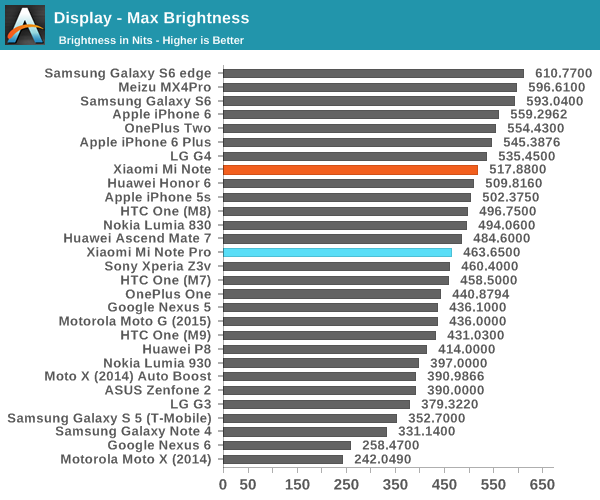
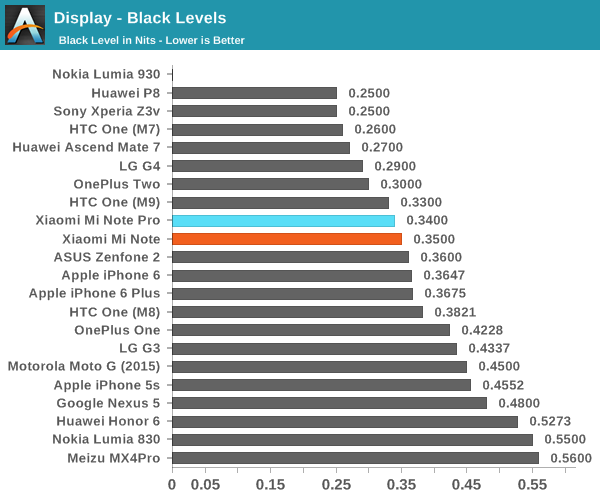
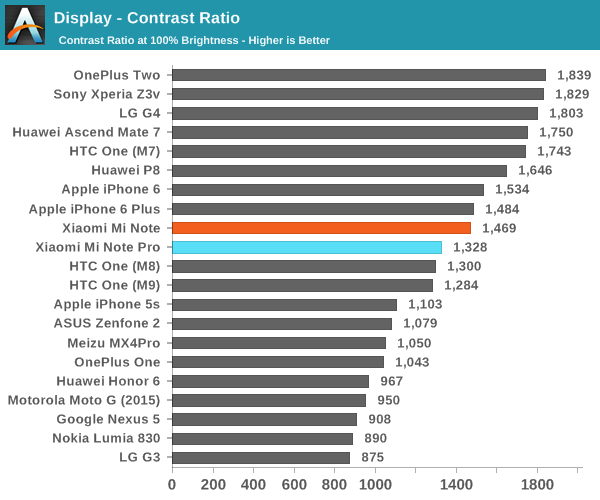
Moving on past some subjective observations, we can take a look at display luminance and contrast, which generally is a strong determinant for outdoor visibility in most cases as reflectance tends to be mostly similar amongst smartphones today. In this test, we can clearly see a difference between the two displays as the 1440p display does end up dimmer with reduced contrast. However, due to the sunlight display feature of the Mi Note Pro in practice I actually found it to have a similar, if not better outdoor visibility when compared against the Mi Note.
For those that are unfamiliar with what Xiaomi’s Sunlight Display feature is, this effectively an implementation of Apical’s Assertive Display technology. This technology is a form of content-adaptive backlight control in which the gamma and some other characteristics of the displayed image are altered in order to increase the visibility of darker aspects of the display, while retaining apparent contrast within the image so it doesn’t look washed out. For those that don’t care about the technology behind it, all that needs to be said is that it absolutely works, and it works incredibly well at improving sunlight visibility.
Mi Note
Mi Note Pro
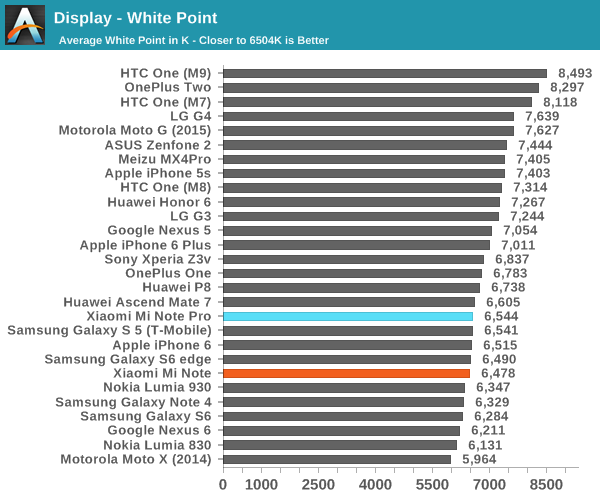
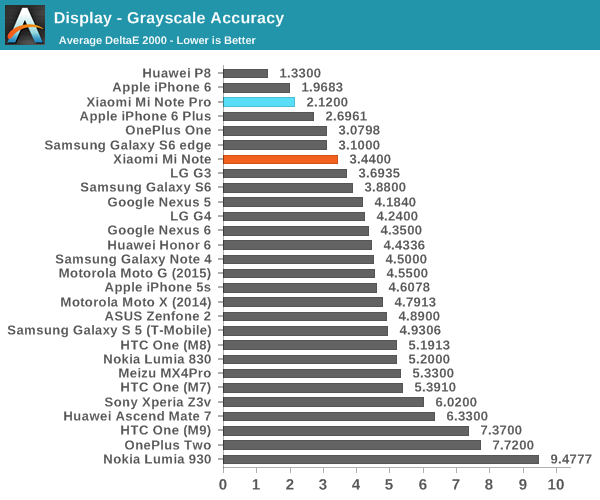
In our grayscale test, the Mi Note and Mi Note Pro were both set to standard contrast, but the Mi Note also required an extra adjustment to the “cool” color temperature as the “neutral” and “warm” were both extremely warm/red. After doing these changes, you can see just how well calibrated the Mi Note and Mi Note Pro are in grayscale. The Mi Note isn’t quite perfectly consistent, but the extra money you pay for the Mi Note Pro seems to have gone into turning good into great. In both cases, it’s interesting to note that the gamma curve is such that gamma is reduced near black, but raised near white, likely done to improve contrast in the near-white region.
Mi Note
Mi Note Pro
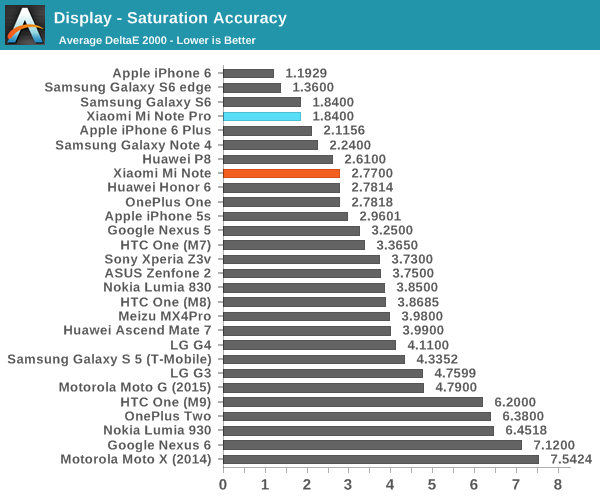
Moving on to the saturation/gamut test, both are fully capable of adhering to sRGB gamut. The Mi Note does have some strangeness going on with the gamut control, but overall calibration is acceptable as average error ends up below 3. The extra money that you pay for the Mi Note Pro at least partially goes into calibration, as the Mi Note Pro has incredibly well-calibrated saturation sweeps in this test, and follows the sRGB gamut very closely.
Mi Note
Mi Note Pro
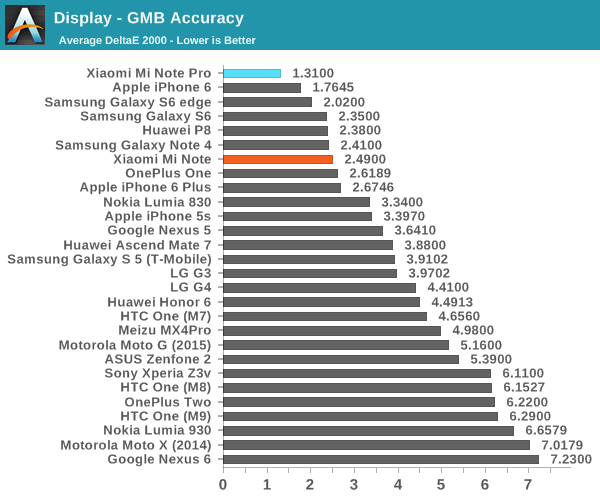
In the ColorChecker test, we see a similar pattern. The Mi Note delivers acceptable color calibration across the board with good hue accuracy, but the Mi Note Pro reaches almost absurd levels of calibration accuracy. There’s really not a lot of reason to improve color calibration past the point that Xiaomi has reached here, which is surprising when a number of OEMs continue to avoid proper sRGB calibrations. The Mi Note Pro is arguably better here relative to the Mi Note, as you get a higher resolution and better color calibration, but the difference in resolution and color calibration could be considered to be relatively minor. Both phablets have great displays with no real reservations.




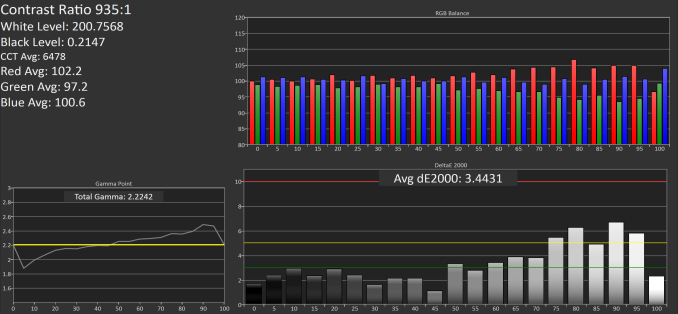

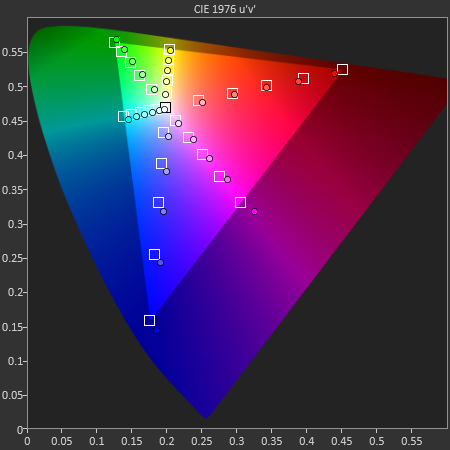
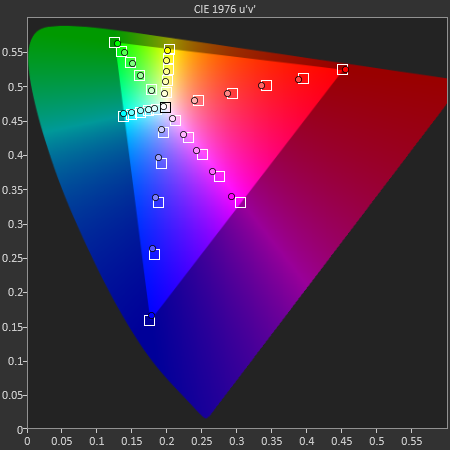
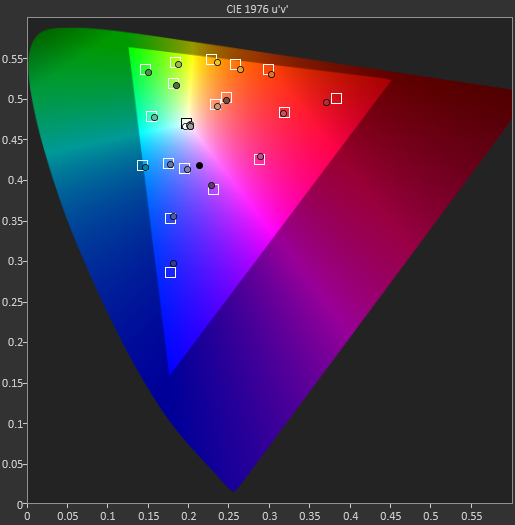
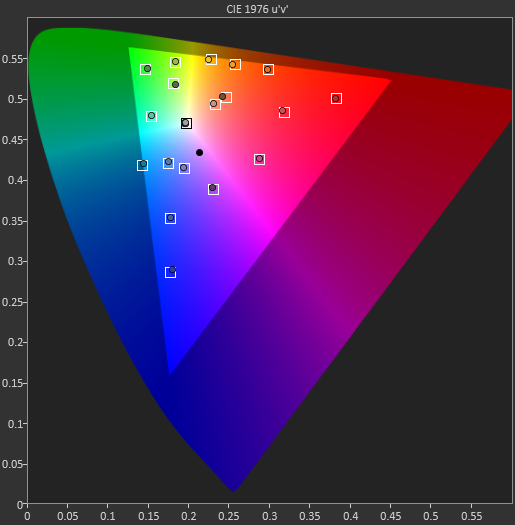








94 Comments
View All Comments
prisonerX - Saturday, September 12, 2015 - link
Why would anyone care about that?Did you just discover that China is a communist/authoritarian?
sonny73n - Sunday, September 13, 2015 - link
WTF is wrong with you people? Is capitalist better than communist? How about Saudi Arabia - our "ally"? Stop mixing politic and nationality with tech. FYI more than 80% of products in the U.S. are made in China that included the beloved iPhone. Oh iPhone which costs ~$210 to make but priced at $650. How's that capitalism for you? So please keep the politic bs and racial comments at CNN, Fox or whatever fake news site you like. This is a tech site for God's sake.Yaru - Sunday, October 4, 2015 - link
I'm not a big fan of the a Chinese government and some of their internet policies.......but so what? It's a review of a product not some geopolitical analysis.Also while it's nowhere near the same level, the US government DO give subsidies companies (though tech industry isn't one of them). All goventments gives out subsidies to one degree or another.
Also, where do you think a lot of tech companies manufacturer their products? Those savings from the cheap labor, where do the profits goes? Back to US tech companies.
Penti - Friday, September 11, 2015 - link
I don't see what's up with all the whining, these devices are not sold in Europe by retailers and distributors or by operators. Through their sales in China it's one of the big five brands though. Nobody whines when it comes to Oppo or OnePlus reviews.soccerballtux - Saturday, September 12, 2015 - link
'for those who don't spend their whole lives reading about this'--LOLanother good review, thanks. impressive phone...bit worried about where my data gets stored (Chinese Clouds are polluted with government eyes), no microSD, and thankfully this doesn't have NFC or Qi so I'm less tempted to purchase, but wow does that have a refined look or what...
Penti - Saturday, September 12, 2015 - link
I only saw local and Google as options in the pics. I'm pretty sure you can use it without a MI account, and thus nothing syncing to the "MI Cloud".BMNify - Saturday, September 12, 2015 - link
Mi cloud is opt-in and Xiaomi has migrated its Mi cloud servers to Singapore and India for the International customers and it is handled by Amazon Web Services, here is the link to AWS itself talking about Mi cloud: https://aws.amazon.com/solutions/case-studies/xiao...Penti - Saturday, September 12, 2015 - link
I'm pretty sure they have removed the option to sync app data to MI Cloud any how. No need to sync contacts, calendar or photos to the Mi Cloud if you don't want to either.aces170 - Saturday, September 12, 2015 - link
AT nice to see a review of a xiaomi phone, with the usual in depth perspective. You do have a lot of readers here in India, and we are glad you covered for the region. I don't understand the north American contempt for anything Chinese, especially since everything they use is made in China. Xiaomi is a good brand so far, as Joshua pointed out having the attention to detail that is lacking in Android world. I think you could have covered the audio bit more in detail as note pro shines in that department.Margalus - Saturday, September 12, 2015 - link
Most of it was not contempt for anything Chinese. Most of the complaining is simply because you have read thru lots of pages of details and reviews before you find out that this phone will not work with any carrier in the USA. That is the problem. Somebody asked for them to put a sentence in saying this at the beginning and then the comments fill up with arrogant Europeans screaming about "muricans" and their entitlement attitude. This is, and always was an American website. So if they start reviewing things that won't work in America, it's pretty simple to just say that at the beginning so that people don't waste their time reading about something that they can't use.They can also do the same if they review something for America that won't work in Europe or Asia so that people from those areas don't have to waste their time if they don't want to.